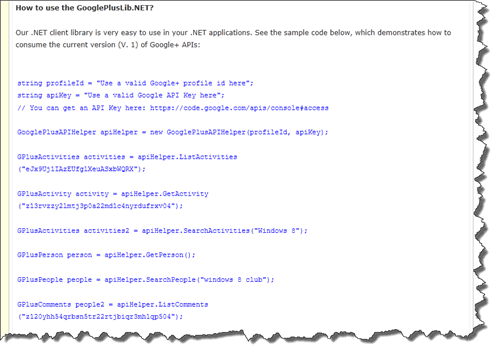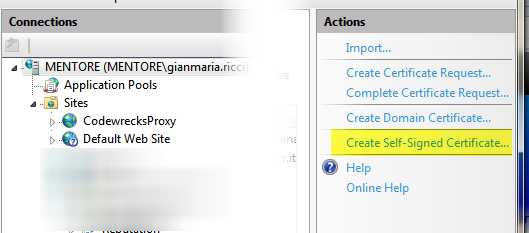
I figured id make this guide to help people running more than 1 card. or dual GPU's. As without these niffty devices tri quad or even 6-8 GPU's will not run on the same machine. here is how it is done.
First get yourself a DVI to VGA adapter. Any will do.AdapterNext you will need resistors. The other guides on the net say to use between 68-70 ohm ones but any i find will do. The point of the resistor is to well...privide resistence so that Vista is fooled into thinking their is another monitor. Why do this? We are doing this because monitors are detected through current. when you plug a monitor in their is resistence on the line. if we mimic resistence we in essence mimic a monitor. you can get resistors at your local radioshack or micro center. we will need 3 per dongle so if you plan to make more than one buy accordingly.ResistorNow that we have our parts we need a diagram. you in essance will be putting the resistors in the last 3 holes of the first and second line on the right side of the vga (blue) end. Sound difficult? Its not but here is a pic. ok so now we start. Now some guides will make you take apart the connector etc. However this is unnessisary it fits fine you simply need to wiggle it if it gets caught. let us begin.First you have a standard VGA adapter. Read more: Tech PowerUp forum
QR:


 Exploit Pack is an open source security tool for penetration testers and end users and it comes to fill a need, a framework for exploit writers and security researchers, with a GPL license and Python as engine for its modules. Also it is based on JAVA and SWT to get real cross-platform. GPL license is used for the entire project and thus ensure the code will always be free. Exploit Pack try to ensures to fill the needs that an exploit developer or security expert has daily. And it will assist you when you have to test the security of your computer or servers.Do you wanna get involved? Participate in the Community! Help us code! Community discussions occurs on mailing lists
Exploit Pack is an open source security tool for penetration testers and end users and it comes to fill a need, a framework for exploit writers and security researchers, with a GPL license and Python as engine for its modules. Also it is based on JAVA and SWT to get real cross-platform. GPL license is used for the entire project and thus ensure the code will always be free. Exploit Pack try to ensures to fill the needs that an exploit developer or security expert has daily. And it will assist you when you have to test the security of your computer or servers.Do you wanna get involved? Participate in the Community! Help us code! Community discussions occurs on mailing lists












